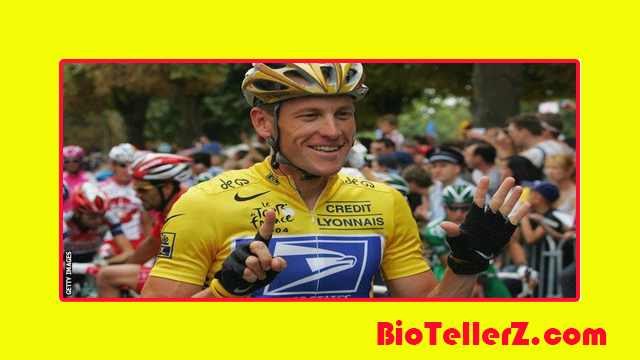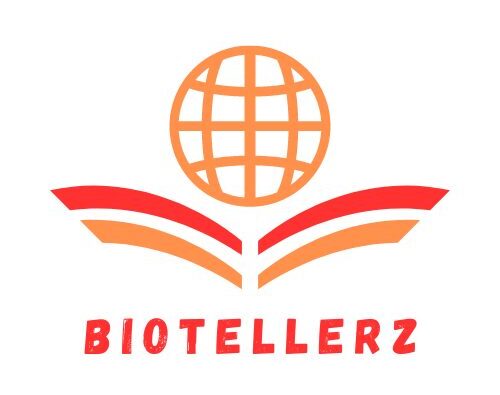
Young Age
Armstrong began competing in triathlons and swimming events when he was just a teenager. Armstrong was a standout swimmer and cyclist when he first started participating in sports. The U. S. Before he graduated from high school, he played for the junior national team. Cycling Federation was his place of employment. Armstrong competed in the Moscow Junior Worlds and took home the U. amateur competitions for Sdot. When he joined the Motorola team in 1992, he turned professional. The following year, at the second-youngest age of any man, he won the world road race. Despite pulling out of three of the four Tours Armstrong attempted between 1993 and 1996, he did win Tour de France stages in both 1993 and 1995.
Recovery After Cancer
Armstrong fell ill following the 1996 Tour de France. In October of the same year, his doctors made the diagnosis of testicular cancer, which had already spread to his lungs and brain. Chemotherapy and surgery gave him the best chances of surviving. Before attempting his comeback in a physically demanding sport, he underwent testing that led some doctors to wonder whether he could handle the strain of a three-week race like the Tour de France. months of therapies. His first notable triumph after being diagnosed with cancer came when he won the Tour of Luxembourg in June 1998. Armstrong had only ever taken part in one-day races before, but in late 1998, after finishing fourth in the three-week Vuelta a Espaa (Tour of Spain), he was persuaded to change up his training and compete in the ensuing Tour de France.
On July 25, 1999, Armstrong became the second American to win the Tour de France and the first to do so for an American team (three-time winner Greg LeMond had raced for European teams). driving a U. S. In the 3,630 km (2,256 mi), 22-day race, S. Armstrong, who competed for the US Postal Service (USPS), won by 7 minutes and 37 seconds. Due to the finding of corticosteroid traces in his urine—a byproduct of a prescription skin cream he used to treat saddle sores—he was accused of doping throughout the Tour. Although the International Cycling Union (Union Cycliste Internationale; UCI) cleared him, he continued to face doping accusations, especially from the French media. Armstrong consequently thought that his triumph in the Tour de France on July 23, 2000, was a justification for his victory in 1999 and a response to his critics.
He repeated his triumph in the Tour in 2001 and 2002, relying on his endurance for mountain climbs. He won the Tour de France five times straight in 2003 despite being injured and ill, breaking Miguel Indurain’s previous record. He passed Indurain in 2004 after winning his sixth straight race. Armstrong quit the sport in 2005 after winning his seventh Tour de France title, but he declared his return to competitive racing in September 2008. 2009 saw him finish third in the Tour de France. He made a final exit from competitive racing in 2011.
Doping Investigations
Floyd Landis admitted that he and other former teammates, most notably Lance Armstrong, had used performance-enhancing drugs in an email to a USA Cycling official in April 2010. The following month, a U.S. Inquiries into doping allegations against S. Armstrong are being conducted by a federal grand jury. Armstrong finished the Tour de France that year, which he had previously said would be his last, in position 23. Following his second retirement announcement in February 2011, he began competing in triathlons. The grand jury investigation from 2010 was finished in February 2012 without any charges being filed against Armstrong.
Later that year, in June, the U. The US Anti-Doping Agency (USADA) asserted that Armstrong and five of his associates—three doctors, a manager, and a trainer—had taken part in a ten-year doping conspiracy that began in the late 1990s. Armstrong is accused of selling drugs to other cyclists while also abusing performance-enhancing substances like erythropoietin (EPO) and human growth hormone. USADA accused Armstrong of receiving blood transfusions and testosterone injections. The accusations led to his immediate disqualification from the triathlon competition. In August 2012, he chose not to take part in USADA’s arbitration procedure, which led the organization to announce that it would revoke all of his achievements and accolades from August 1998 onward—including his seven Tour de France titles—and impose a lifetime ban from cycling and any other sport covered by the World Anti-Doping Code. Armstrong claimed that his decision to withdraw his defense of them was not an admission of guilt but rather the outcome of his weariness with the process. The USADA’s findings were accepted by the UCI in October 2012, and despite Armstrong’s adamant denials, he was formally stripped of his titles and banned from competition. In an Oprah Winfrey interview broadcast on television in January 2013, Armstrong finally admitted using performance-enhancing drugs from the middle of the 1990s to 2005.
The U. S. prior to the end of 2013. Landis sued Armstrong as a whistleblower in 2010, and the government later joined the case. Under U.S. law, a complaint was filed. S. He asserted that Armstrong had doped in violation of his agreement with the USPS and had thus defrauded the government using the False Claims Act. If Armstrong had lost, he might have been subject to a judgment of up to $100 million. The trial in 2018 was about to begin when Armstrong agreed to a $5 million settlement, part of which would go to Landis. In addition, Armstrong agreed to pay Landis’s legal fees.
Related Posts
Donald Trump – Best Guide in 2023
